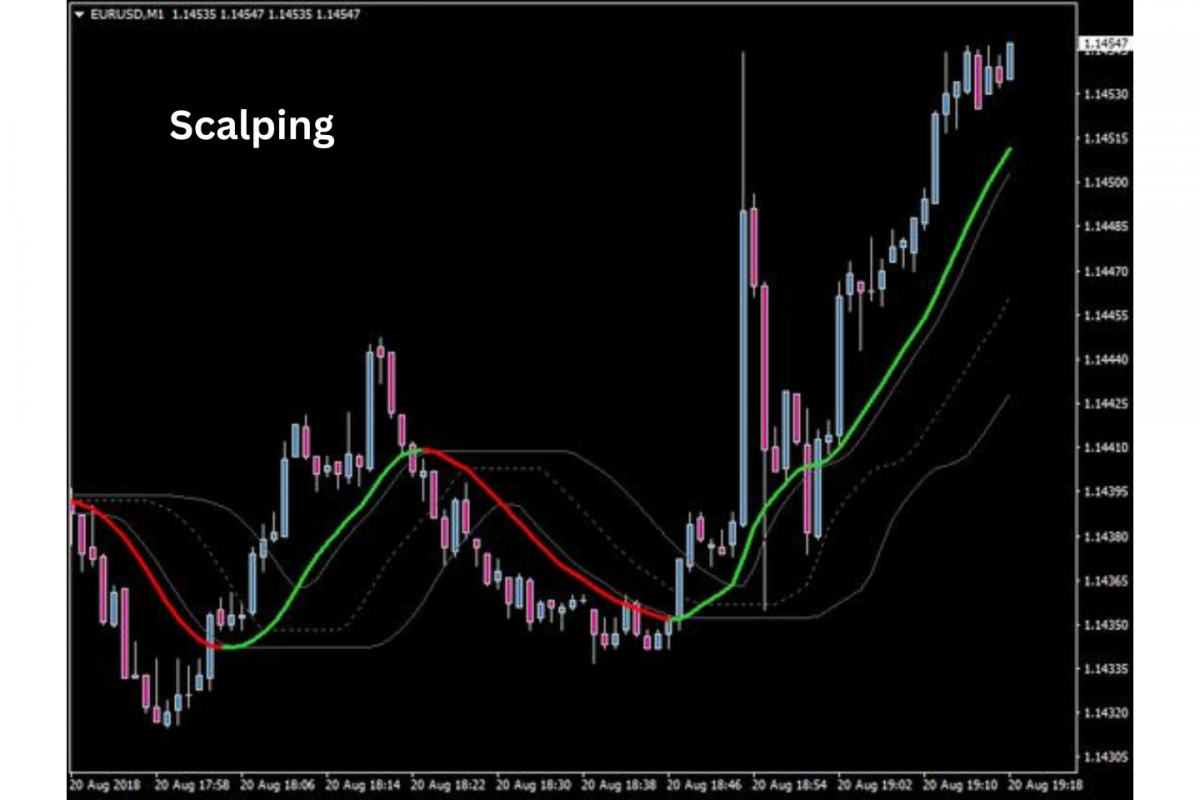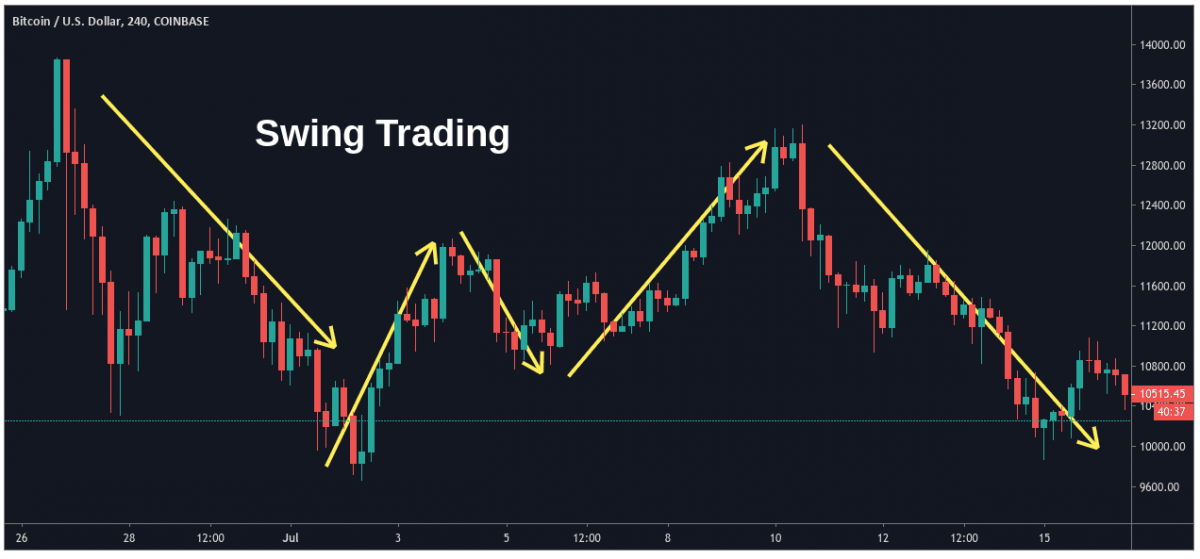What are the most volatile Currency Pairs?
The foreign exchange market, commonly known as forex, is a global hub for trading currencies from various countries. It is a critical aspect of forex trading, as it directly influences trading strategies, risk management, and profit potential. Knowing which currency pairs are more prone to volatility can help traders make informed decisions and seize opportunities for profit.
What is volatility?
Volatility, within the forex market, is a measure of the price fluctuations experienced by a currency pair over a certain period. It reflects the degree of uncertainty or risk associated with that pair's price movement. In simpler terms, the more a currency pair's price varies, the higher its volatility.
Volatility is typically expressed in terms of pips, a unit of measurement in forex that represents the smallest price change. A highly volatile currency pair might experience significant price swings in a short time, leading to potential profit opportunities but also higher risk.
Currency pairs exhibit varying levels of volatility due to a multitude of factors. One of the primary reasons is economic stability. Currency pairs involving economies with stable political environments, robust financial systems, and low inflation tend to be less volatile. Conversely, pairs from countries facing political turmoil, economic uncertainties, or sudden shocks can be highly volatile.
Market sentiment, economic data releases, geopolitical events, and central bank policies also play pivotal roles in influencing volatility. Traders and investors react to these factors, causing fluctuations in currency prices.
Several factors contribute to currency pair volatility, including:
Economic indicators: Reports like GDP, employment data, and inflation figures can trigger market movements.
Geopolitical events: Political instability, elections, and conflicts can create uncertainty in the forex market.
Central Bank policies: Interest rate decisions and monetary policy announcements can have a profound impact on currency values.
Market sentiment: Speculators and traders reacting to news and events can intensify price swings.
Liquidity: Less liquid currency pairs can be more volatile as a result of fewer market participants.
Why does volatility matter in forex trading?
Volatility is a fundamental aspect of forex trading that directly influences the experiences and decisions of traders. Understanding its impact is crucial for those seeking success in the market.
High volatility offers the potential for significant profit opportunities. When currency prices swing rapidly, traders can capitalize on these movements and potentially secure substantial gains in a short period. However, it also introduces increased risk, as sharp price fluctuations can result in significant losses if not managed properly.
On the other hand, low volatility implies relatively stable price movements, which may offer a sense of security but often with limited profit potential. Traders may find it challenging to identify trade opportunities during periods of low volatility.
Volatility directly impacts trading strategies and risk management techniques. In high-volatility scenarios, traders may opt for short-term strategies like scalping or day trading to capitalize on quick price fluctuations. Conversely, in low-volatility conditions, longer-term strategies such as swing or trend trading may be more suitable.
What are the most volatile Currency Pairs?
Before identifying the most volatile currency pairs, it's essential to understand the classification of currency pairs in the forex market. Currency pairs are categorized into three main groups: major, minor, and exotic.
Major Currency Pairs: These include the most widely traded pairs, such as EUR/USD, USD/JPY, and GBP/USD. They involve currencies from the world's largest economies and tend to have high liquidity and lower spreads.
Minor Currency Pairs: Minor pairs do not include the US dollar but involve other major currencies. Examples include EUR/GBP and AUD/JPY. They are characterized by lower liquidity and may exhibit varying levels of volatility.
Exotic Currency Pairs: Exotic pairs consist of one major currency and one from a smaller or emerging market. Examples include USD/TRY (US Dollar/Turkish Lira) or EUR/TRY. Exotic pairs tend to have lower liquidity and higher spreads, making them more volatile.
Identifying the most volatile currency pairs requires analyzing historical price data and trends. Historical volatility measures how much a currency pair's price has fluctuated in the past. Traders often use indicators like the Average True Range (ATR) to gauge historical volatility.
While currency pair volatility can vary over time, some pairs are consistently recognized for their high volatility. For example:
EUR/JPY (Euro/Japanese Yen): This pair is known for its frequent and significant price swings, often influenced by economic events in Europe and Japan.
GBP/JPY (British Pound/Japanese Yen): GBP/JPY is renowned for its volatility, driven by economic data releases from the UK and Japan.
USD/TRY (US Dollar/Turkish Lira): Exotic pairs like USD/TRY tend to be highly volatile due to the unique economic and geopolitical factors affecting the Turkish Lira.
AUD/JPY (Australian Dollar/Japanese Yen): This pair's volatility is influenced by factors affecting the Australian economy, like commodities and interest rates, combined with events in Japan.
Factors influencing Currency Pair volatility
Currency pair volatility is a multifaceted phenomenon, influenced by a diverse array of factors that traders must consider. These factors can be broadly categorized into three main groups:
Economic factors: Economic conditions and indicators of a country play a significant role in determining currency pair volatility. Factors such as GDP growth, employment rates, inflation, and interest rates can all impact a currency's strength and subsequently influence volatility. For instance, a robust economy often leads to a stronger currency, while economic uncertainties can lead to heightened volatility.
Geopolitical factors: Geopolitical events and developments can send shockwaves through the forex market. Political instability, elections, trade disputes, and conflicts can all create uncertainty and volatility. Traders must stay informed about global geopolitical developments that could impact currency values.
Market-related factors: Market sentiment, speculative activities, and liquidity can intensify or dampen currency pair volatility. Large speculative positions or sudden changes in market sentiment can trigger sharp price movements. Additionally, less liquid currency pairs tend to be more volatile as they are susceptible to larger price swings due to fewer market participants.
News events and economic indicators are crucial drivers of volatility in the forex market. Traders closely monitor scheduled economic releases such as unemployment reports, GDP growth, and interest rate decisions. Unforeseen events, such as unexpected political developments or natural disasters, can also have an immediate impact on currency values.
For example, when a central bank announces an interest rate change, it can lead to rapid market reactions. Positive economic data releases can strengthen a currency, while negative news can weaken it. Traders often use economic calendars to track these events and prepare for potential volatility.
Trading strategies for volatile Currency Pairs
Volatility in currency pairs offers traders both opportunities and challenges. By understanding how to harness this volatility, traders can potentially achieve significant profits. Highly volatile currency pairs often present opportunities for quick and substantial price movements, which can translate into profitable trades.
Scalping: In volatile markets, scalping is a popular strategy. Traders aim to profit from short-term price fluctuations by executing numerous quick trades. This strategy requires swift decision-making and the ability to react to rapid price changes.
Day trading: Day traders focus on opening and closing positions within the same trading day. They rely on technical analysis and real-time data to identify entry and exit points. Volatile pairs provide ample intraday trading opportunities.
Swing trading: Swing traders seek to capitalize on medium-term price swings. They analyze trends and aim to enter trades at the beginning of a trend and exit as it reaches its peak. Volatile pairs can generate substantial price swings suitable for swing trading.

Managing risk is paramount when trading volatile currency pairs:
Stop-loss orders: Set stop-loss orders to limit potential losses. In volatile markets, consider wider stop-loss levels to accommodate price fluctuations.
Position sizing: Adjust the size of your positions to account for increased volatility. Smaller positions can help mitigate risk.
Diversify: Avoid concentrating your trades on a single volatile currency pair. Diversifying your portfolio across different pairs can spread risk.
Stay informed: Keep an eye on economic calendars and news feeds for potential market-moving events. Be prepared to adjust your trading strategy accordingly.

What time is EUR/USD most volatile?
The forex market operates 24 hours a day, five days a week, and is divided into several major market sessions, each with its own characteristics and levels of activity. Understanding these market sessions is crucial for gauging when the EUR/USD pair is most volatile.
- Asian session: This session is the first to open and is characterized by lower volatility compared to the others. It includes major financial centers like Tokyo and Singapore.
- European session: The European session, with London as its hub, is when liquidity and volatility start to pick up. This session often witnesses significant price movements, especially when important economic data is released.
- North American session: The New York session overlaps with the end of the European session, resulting in increased volatility. News and events in the United States can have a substantial impact on currency prices.
For traders interested in the EUR/USD pair, the ideal times to observe increased volatility and trading opportunities are during the overlap of the European and North American sessions. This period, roughly from 8:00 AM to 12:00 PM (EST), offers higher liquidity and greater price fluctuations, making it a favoured time for many traders.
Conclusion
In the world of forex trading, knowledge and adaptability are paramount. Understanding currency pair volatility is not merely an option; it's a necessity. Traders who grasp the dynamics of volatility can make more informed decisions, adapt their strategies to different market conditions, and seize opportunities for profit while managing risks effectively. As you embark on your forex trading journey, remember that volatility is a double-edged sword—when wielded with knowledge and caution, it can be a powerful tool in your arsenal.


